EV Cheat Sheet
The cheapest EVs in New Zealand
The lowest priced new EVs currently available.

The 15 cheapest electric vehicles in New Zealand ranked by price.
1
BYD Atto 1 Essential
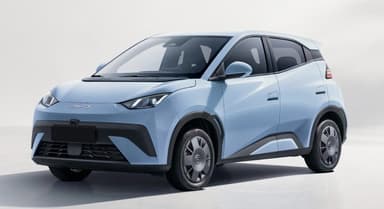
RANGE
220 km
PRICE
$29,990
2
Dongfeng Box
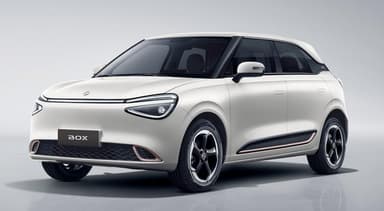
RANGE
317 km
PRICE
$29,990
3
BYD Atto 1 Premium
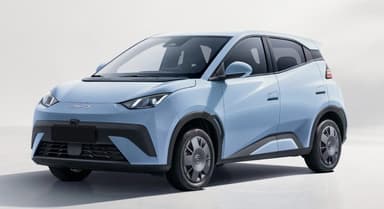
RANGE
310 km
PRICE
$35,990
4
GWM Ora Lux
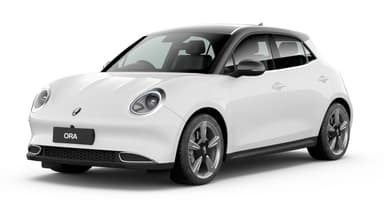
RANGE
400 km
PRICE
$35,990
5
Fiat 500e
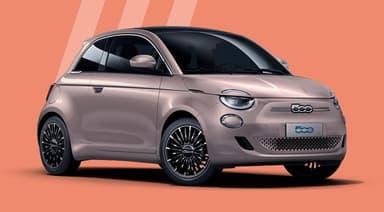
RANGE
320 km
PRICE
$37,990
6
GWM Ora GT
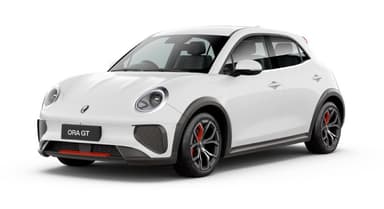
RANGE
380 km
PRICE
$38,990
7
BYD Dolphin Essential
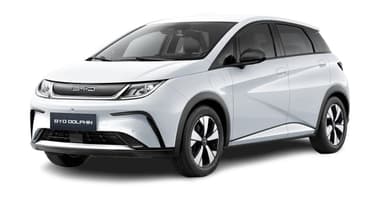
RANGE
340 km
PRICE
$39,990
8
BYD Atto 2 Dynamic
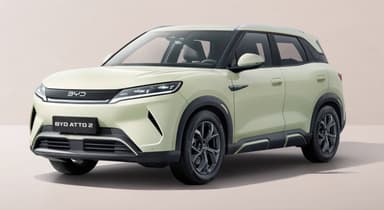
RANGE
345 km
PRICE
$39,990
9
MG 4 Excite 51
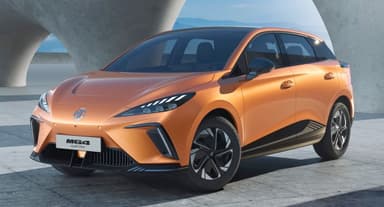
RANGE
350 km
PRICE
$40,990
10
Omoda E5 BX
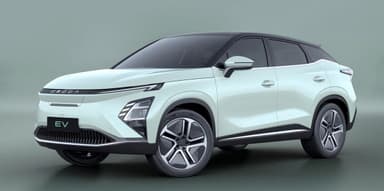
RANGE
430 km
PRICE
$40,990
11
Abarth 500e
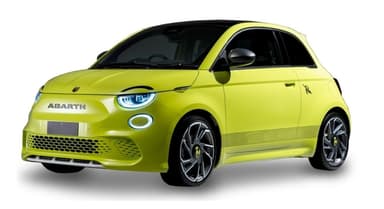
RANGE
253 km
PRICE
$41,990
12
Leapmotor B10 Life
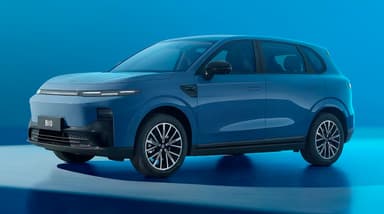
RANGE
361 km
PRICE
$42,990
13
MG S5 EV 49 Excite
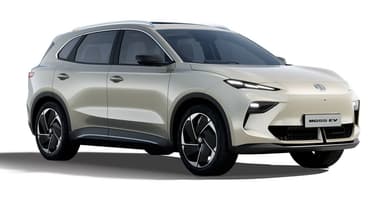
RANGE
340 km
PRICE
$44,990
14
Omoda E5 EX
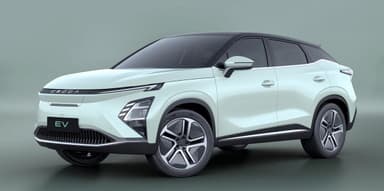
RANGE
430 km
PRICE
$44,990
15
BYD Atto 2 Premium
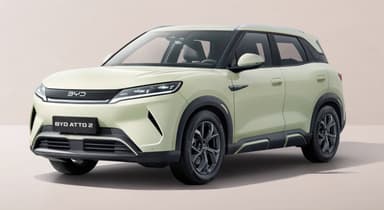
RANGE
345 km
PRICE
$45,990
What are the cheapest EVs in terms of range?
If vehicle range is a high priority, then the upfront cheapest EVs may not be the best value for money. Consider the price per kilometre of range to get a better understanding of the overall cost.
In this chart, we compare the price per kilometre of range for each vehicle, providing a clearer picture of their value.
Price Per Kilometre of Range
Top 20 EVs ordered by price per kilometre (WLTP range)
← Swipe to scroll horizontally →
Price is starting price, and typically does not include on road costs.
